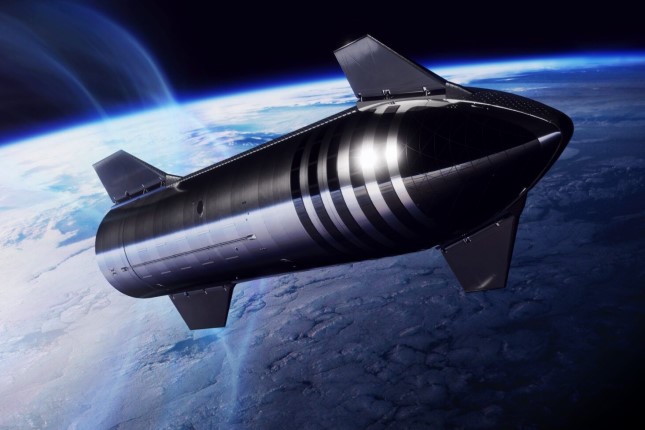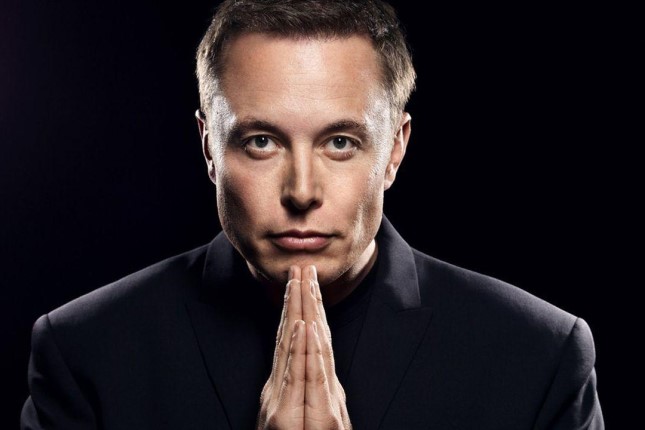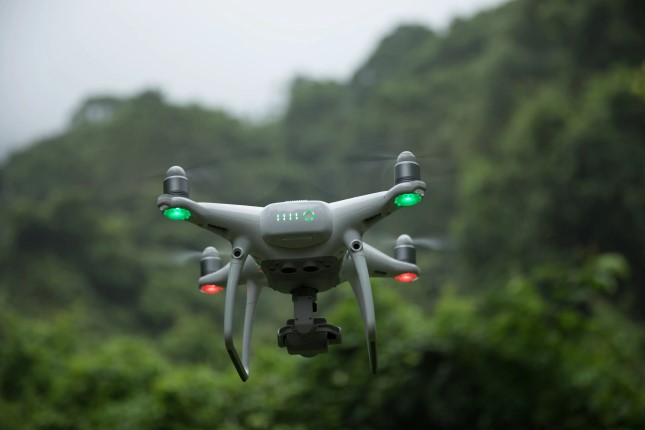It is sometimes difficult to predict what Elon Musk will do next and how soon the ambitious goal will be achieved. He is simultaneously developing several projects and is well known for always being good with plans but not deadlines. Musk once admitted that he is "dumb at predicting dates". But one should admit: the guy is capable of surprising people and, in fact, deserves the attention he attracts.
To appreciate the scope of Musk's work to date, let's turn to the historical background. Last year his resplendent business turned 20 years old, and the first private rockets were launched almost 17 years ago — what has changed over the years? Recall that Musk invested $175.8 million in his private company Space X in 2002 from selling his early Paypal project. Today Musk is the wealthiest man on Earth, with a fortune of about $200 billion.
How did he manage to overcome such a gap, even though the first launches were unsuccessful (the first three rockets did not reach Earth orbit)? Musk almost lost his entire fortune, which he invested in the business. But luck was on his side: during the worst personal crisis, when in 2008 he was on the verge of bankruptcy, he still managed to successfully deliver the Falcon 1 rocket into earth orbit. And it was a moment of relief when the US government picked up the project and offered a very nice contract for rocket launching. Musk became a partner with NASA.
Today he is launching the Falcon 9 with NASA, a heavily modified rocket capable of carrying an entire space team. In 2022 Space X launched the rocket about 60 times. The plans for 2023 are 100 orbital flights, which is a launch every 3.5 days!
And all this is happening right now: in the coming days (Sunday, February 26), will start a scientific expedition SpaceX Crew-6 with astronauts on another spacecraft, Dragon, designed for seven people. A crew of American, Russian and UAE (United Arab Emirates) astronauts will go to the International Space Station.
For Elon's Space X, the partnership with NASA is a win-win coalition of a heavy and hulking government machine that can provide technological innovation, research, and assurance and a lightweight private company that is an adaptive system and aims for easy and fast, cost-effective spacecraft development. The most important thing is that the state is a client for Musk now.
But why is the state so happy to accept the services of a private company if they have their own ships? Are they so good? To explain this, one prime example is the cargo and people-carrying ship developed by NASA — the SLS (Space Launch System, not yet completed). You got it, and it's much more expensive to operate than Musk's promised Starship for 100 passengers, and the Super Heavy, which NASA sponsored at about $2.8. Simultaneously, just one launch of the SLS costs the same $2 billion (by comparison, a Falcon Heavy launch costs only $90 million).

SpaceX will release Starship one each month because Musk's ultimate goal was always to make trips to the Moon accessible to the average person, not just pros and billionaires. Such plans are exciting and seem close to reality, especially if we consider the summed-up experience of successful flights of astronauts in the transport designed by Musk. So, the shortcomings of SLS development are evident, while the Starship looks like good stuff for colonizing Mars.
Anyway, are we going to colonize the Red Planet in the near future? No matter how fantastic this may seem, it remains the primary goal of the Musk empire, a kind of his business philosophy. Unbelievably but this appears to be a real plan for NASA as well. It is curious, though, that thanks to the fertile imagination of Musk, such an old idea (NASA started to make studies for a human mission to Mars in the early 1960s) has become so popular and supported again. It looks suspicious, and you might think the Mars thing would be a PR stunt to get attention. Or maybe reality is inseparable from fantasy; who knows? And yet given the current polarization of political extremes, doesn't this remind us of the days of the Cold War, when the rivalry between America and the Soviet Union unfolded in space?
As for reality, so far, the Starship is going to be used for regular travels to the Moon and back. But still, the first flight (since 1972) won't be earlier than 2025 because not everything is ready yet for such a risky and promising flight.
What's with earthly parts of Musk's business? In one way or another, they also serve as constituents of his space odyssey. In 2023, Tesla announced three new models: the Cybertruck, made of steel produced for Space X space rockets; the Model 2 with fully autonomous automatic control; and Robovan, the model specially designed for people with disabilities for public transportation of children and older adults.
At the same time, Optimus / Tesla bot — a robot that should replace humans in dangerous situations (will it be the first Mars colonizer?) — is in development. These "toys" aim to change the world, minds, and attitudes toward the Earth: Musk argues that we must think of life as multi-planetary.
And in that sense, he is least interested in a war that would disrupt his plans. So he didn't hesitate to withdraw his free services to Ukrainian military drones, which would very likely affect the course of hostilities if the Ukrainians did not come up with anything: «we will not enable escalation of a conflict that may lead to WW3», — Musk said in a February 13 tweet-responding to US astronaut Scott Kelly's call for restoring access to Starlink. Understandably, he is now playing big and wouldn't allow earthly geopolitical issues to ruin his ambitious plans in space.
It may sound stilted, but in some odd way, Musk is a 21st-century Renaissance man, and in this respect, the fantastic scale of his flying spaceship projects reminds us of Leonardo da Vinci's ones. The secret of Musk's success is that, when dealing with spaceships, one must always be prepared for a fall.

































